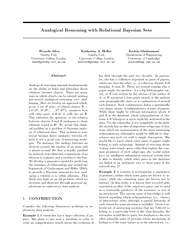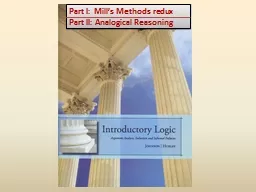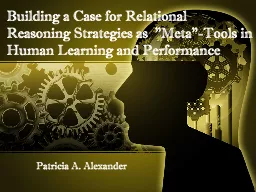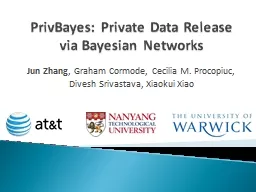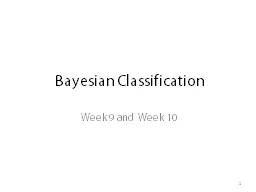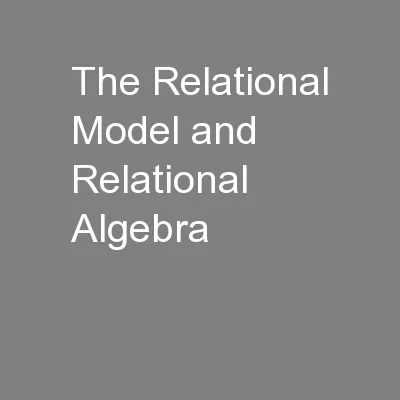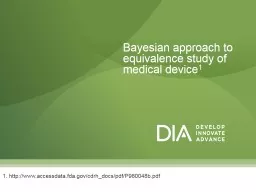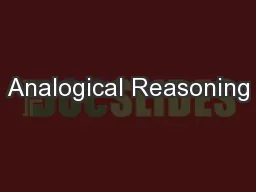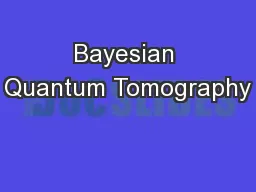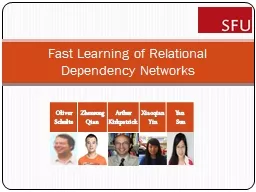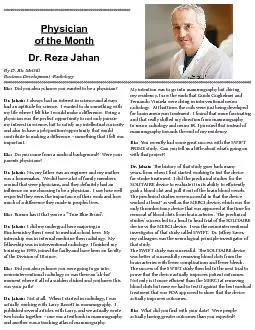PDF-Analogical Reasoning with Relational Bayesian Sets Ric
Author : conchita-marotz | Published Date : 2015-04-28
uclacuk Katherine A Heller Gatsby Unit University College London hellergatsbyuclacuk Zoubin Ghahramani Department of Engineering University of Cambridge zoubinengcamacuk
Presentation Embed Code
Download Presentation
Download Presentation The PPT/PDF document "Analogical Reasoning with Relational Bay..." is the property of its rightful owner. Permission is granted to download and print the materials on this website for personal, non-commercial use only, and to display it on your personal computer provided you do not modify the materials and that you retain all copyright notices contained in the materials. By downloading content from our website, you accept the terms of this agreement.
Analogical Reasoning with Relational Bayesian Sets Ric: Transcript
Download Rules Of Document
"Analogical Reasoning with Relational Bayesian Sets Ric"The content belongs to its owner. You may download and print it for personal use, without modification, and keep all copyright notices. By downloading, you agree to these terms.
Related Documents

